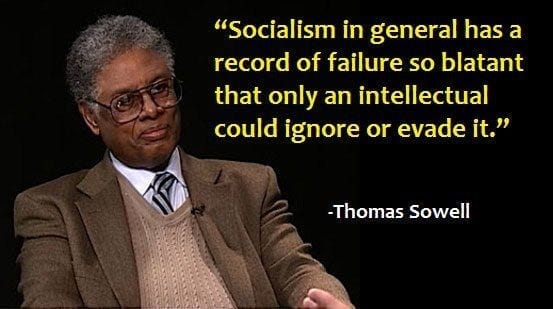The Continuing Importance of Thomas Sowell
From Imprimis

In 2020, at the age of 90, Sowell published his 36th book, Charter Schools and Their Enemies. I hope he’s not done writing books, but if he is you could hardly find a more suitable swan song for a publishing career that has now spanned six decades.
Sowell’s first two books were scholarly. But his third book, published in 1972—the semiautobiographical Black Education: Myths and Tragedies—was written for the general public. It grew out of a long article on college admissions standards for black students that he wrote for The New York Times Magazine in 1970. And it begins with a recounting of his own education—first at segregated schools in North Carolina, where he was born, and later at integrated schools in New York City’s Harlem neighborhood, where he was raised.
The topic of education is one that Sowell has returned to repeatedly over the decades. In the preface to Charter Schools and Their Enemies, he describes a conversation he had in the early 1970s with Irving Kristol, the editor of Public Interest. Kristol asked Sowell what could be done to create high-quality schools for blacks, and Sowell replied that such schools already existed and had for generations.
Kristol asked Sowell to write about these schools, and a 1974 issue of Public Interest featured an essay by Sowell on the history of all-black Dunbar High School in Washington, D.C., which had not only outperformed its local white counterparts, but had repeatedly equaled or exceeded national norms on standardized tests throughout the first half of the 20th century. From 1870 to 1955, Sowell wrote, “most of Dunbar’s graduates went on to college, even though most Americans—white or black—did not.” Two years later, in the same publication, he wrote a second article on successful black elementary and high schools throughout the country.
In a sense, today’s public charter schools, which often have predominantly low-income black and Hispanic student bodies, are successors to the high-achieving black schools that Sowell researched more than 40 years ago. And as he points out, these charter schools are not simply doing a better job than traditional public schools with the same demographic groups. In many cases, inner-city charter school students are outperforming their peers in the wealthiest and whitest suburban school districts in the country.



